Although Qualcomm touted GSR as superior, it still uses AMD's FSR on laptops
Qualcomm adapted AMD's FSR for their Arm chipsets?
2 min. read
Published on
Read our disclosure page to find out how can you help Windows Report sustain the editorial team. Read more

PC Gamer’s Dave James spotted what makes a great news for gamers: Qualcomm chips are supporting AMD’s FidelityFX Super Resolution (FSR 2.2) upscaling tech. He spotted the feature going through the graphics settings for games like Baldur’s Gate and Metro Exodus.
However, that is incredibly strange since Qualcomm has touted their own Game Super Resolution (GSR) simply because it was better than AMD’s FSR 1.0 and FSR 2.0 was not suitable for mobile.
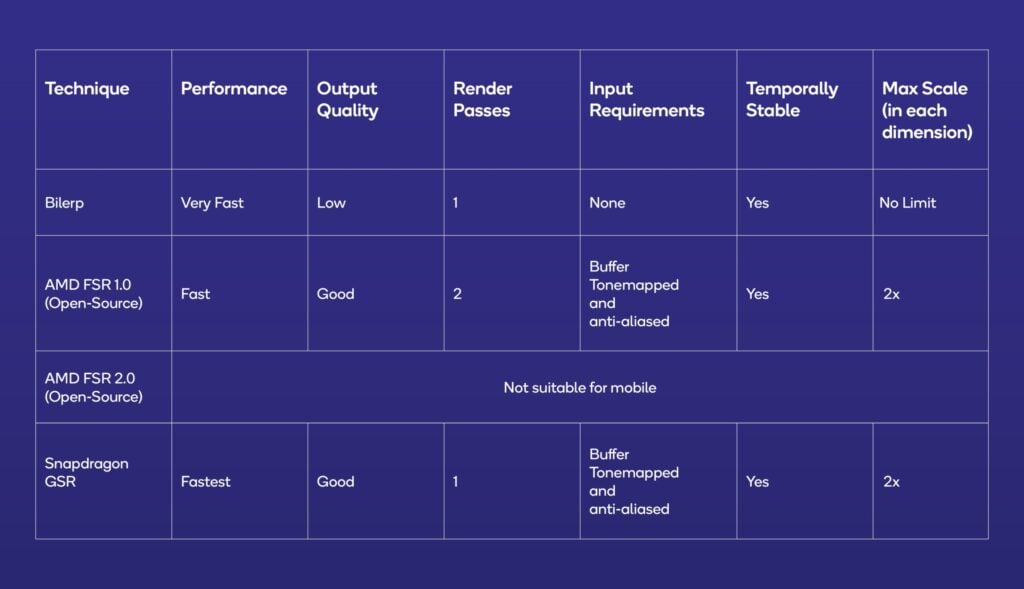
Truth be told, Qualcomm’s GSR was announced for mobiles, but there is also the Automatic Super Resolution announced by Microsoft and touted as only working on Qualcomm X Elite machines.
James also allegedly asked AMD about this and they were not in the loop about this development. However, that’s not something out of the ordinary because AMD’s FSR is open source so all manufacturers can use it. What is remarkable though, is that AMD made the upscaler for x86 based chips, not Arm, and according to James’ story, the feature not only works, but it does a pretty good job.
And how about NVIDIA’s DLSS upscaling tech? Yeah, it’s only for NVIDIA graphics.
There are sure a lot of upscalers on the line and we’ll just have to wait for some real benchmarking test to see which one performs best and for which games and chips. So many variables, right? Here’s the full story from PC Gamer.
What do you think about Qualcomm supporting the AMD FSR tech? Let’s talk about this in the comments below.
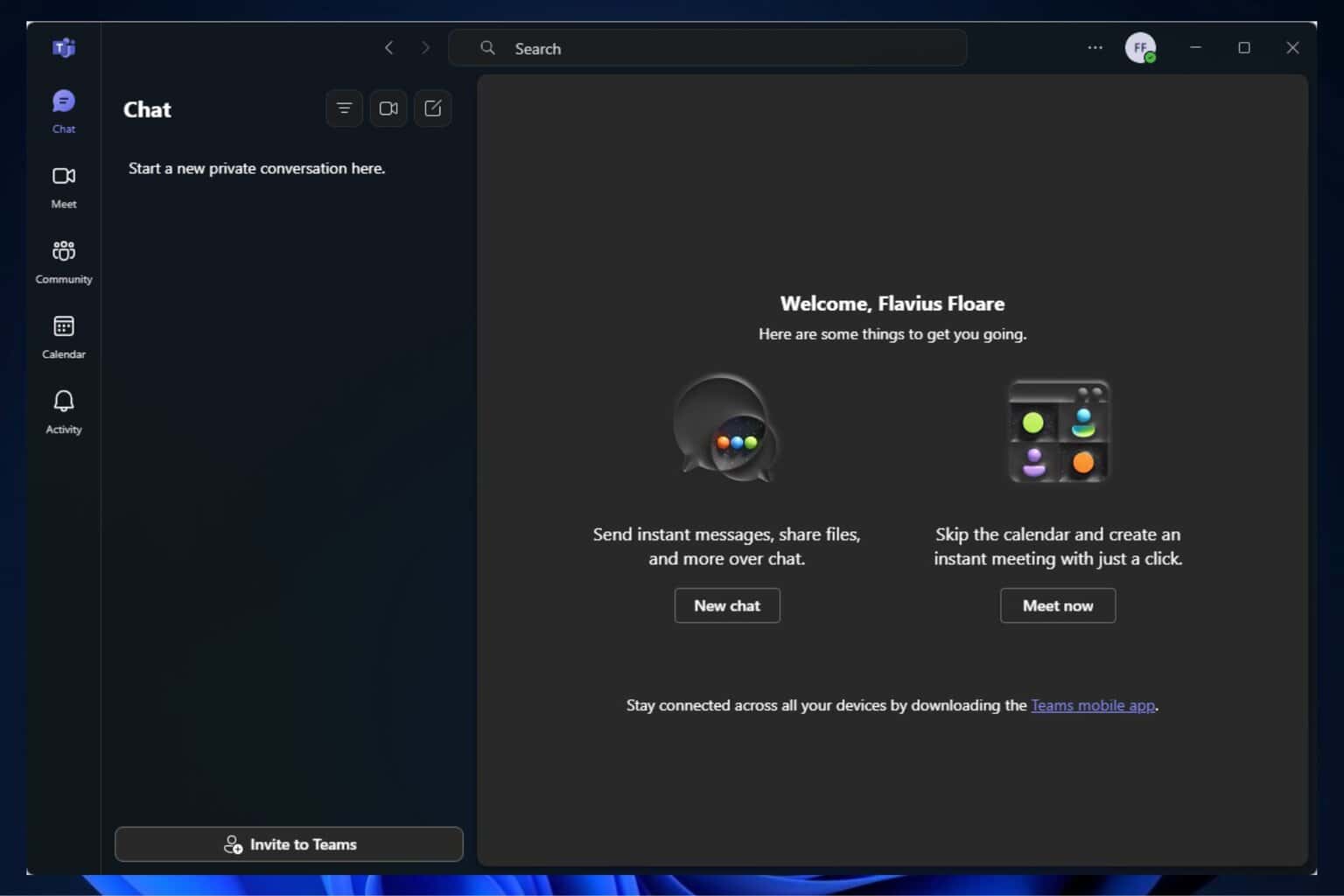


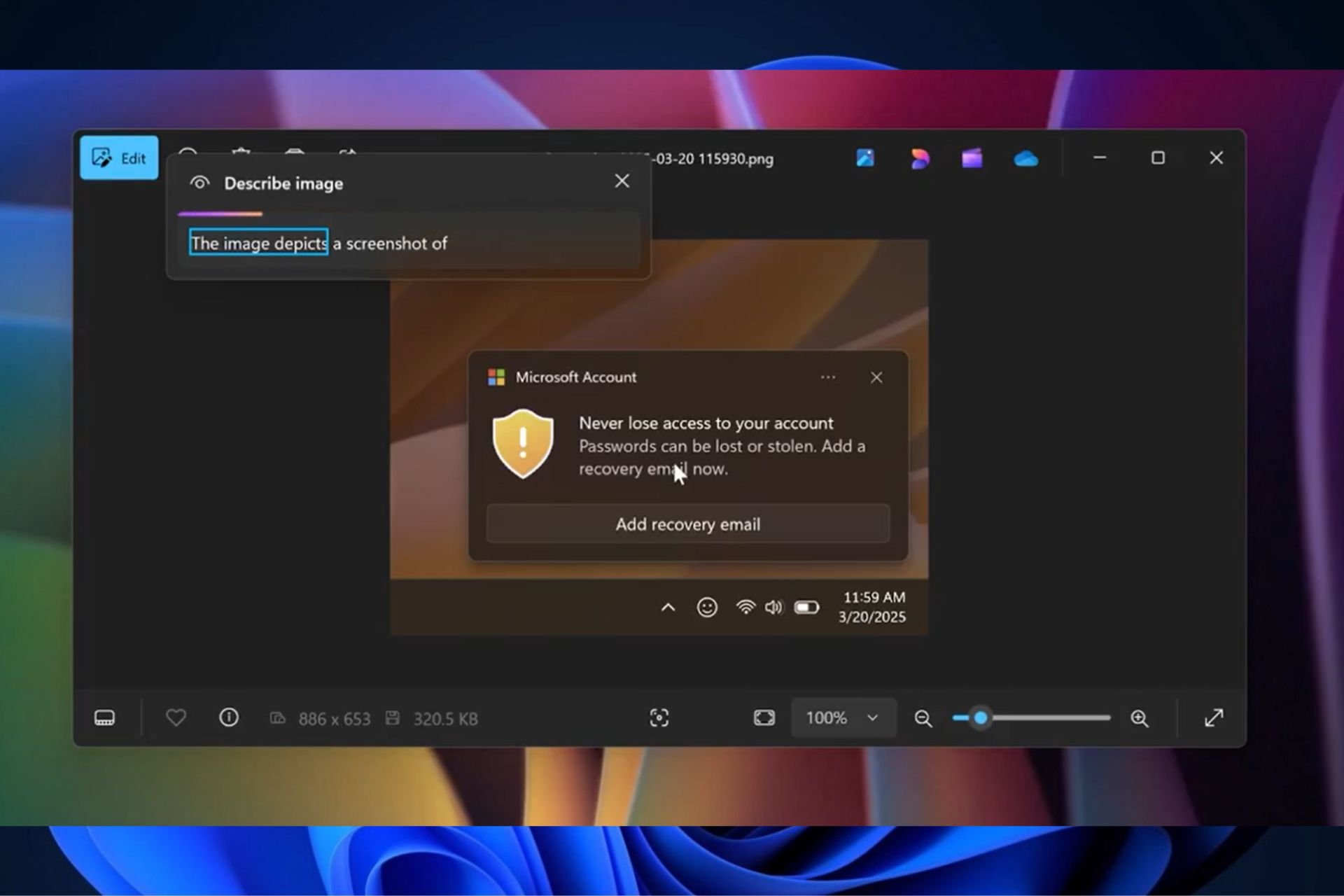

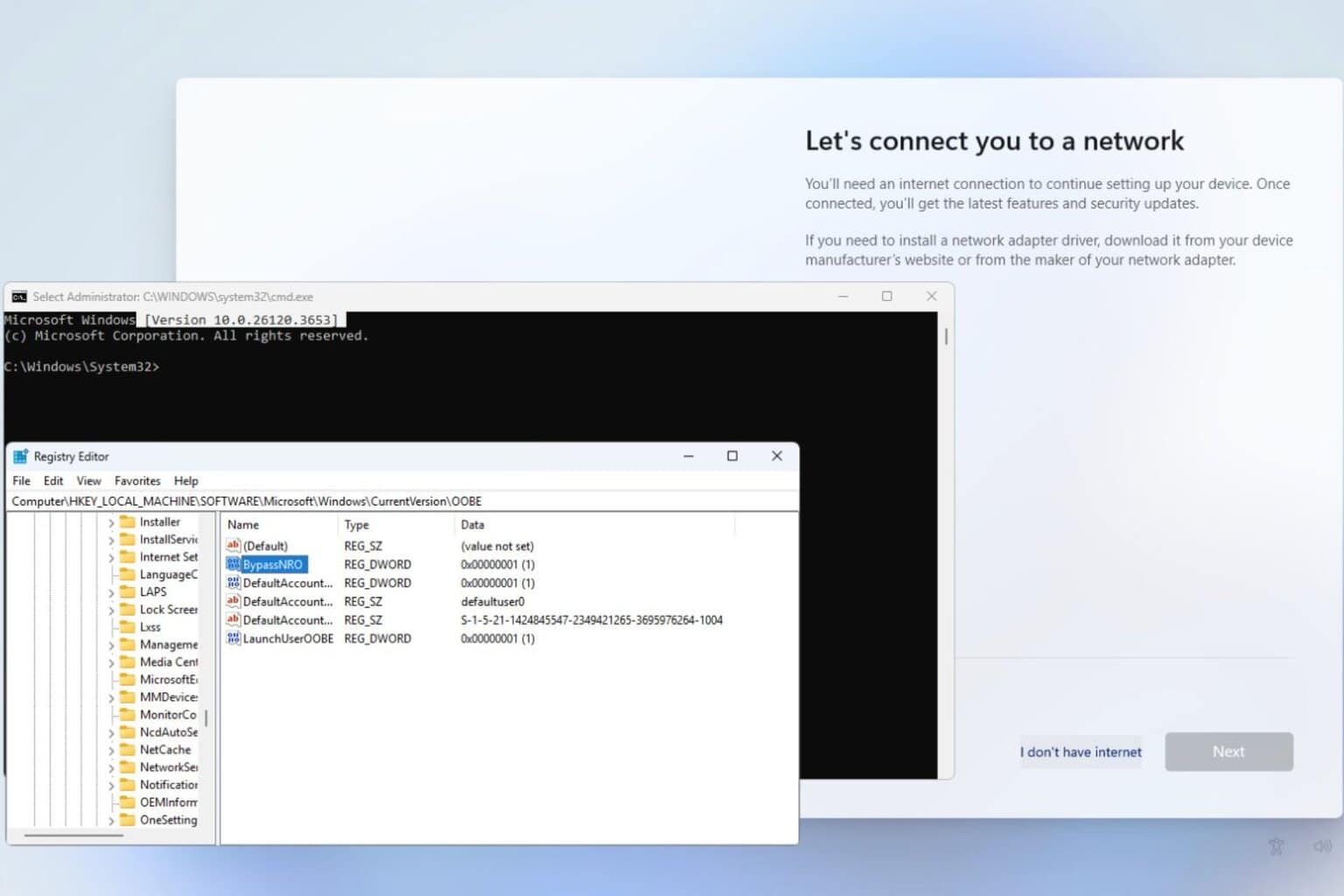

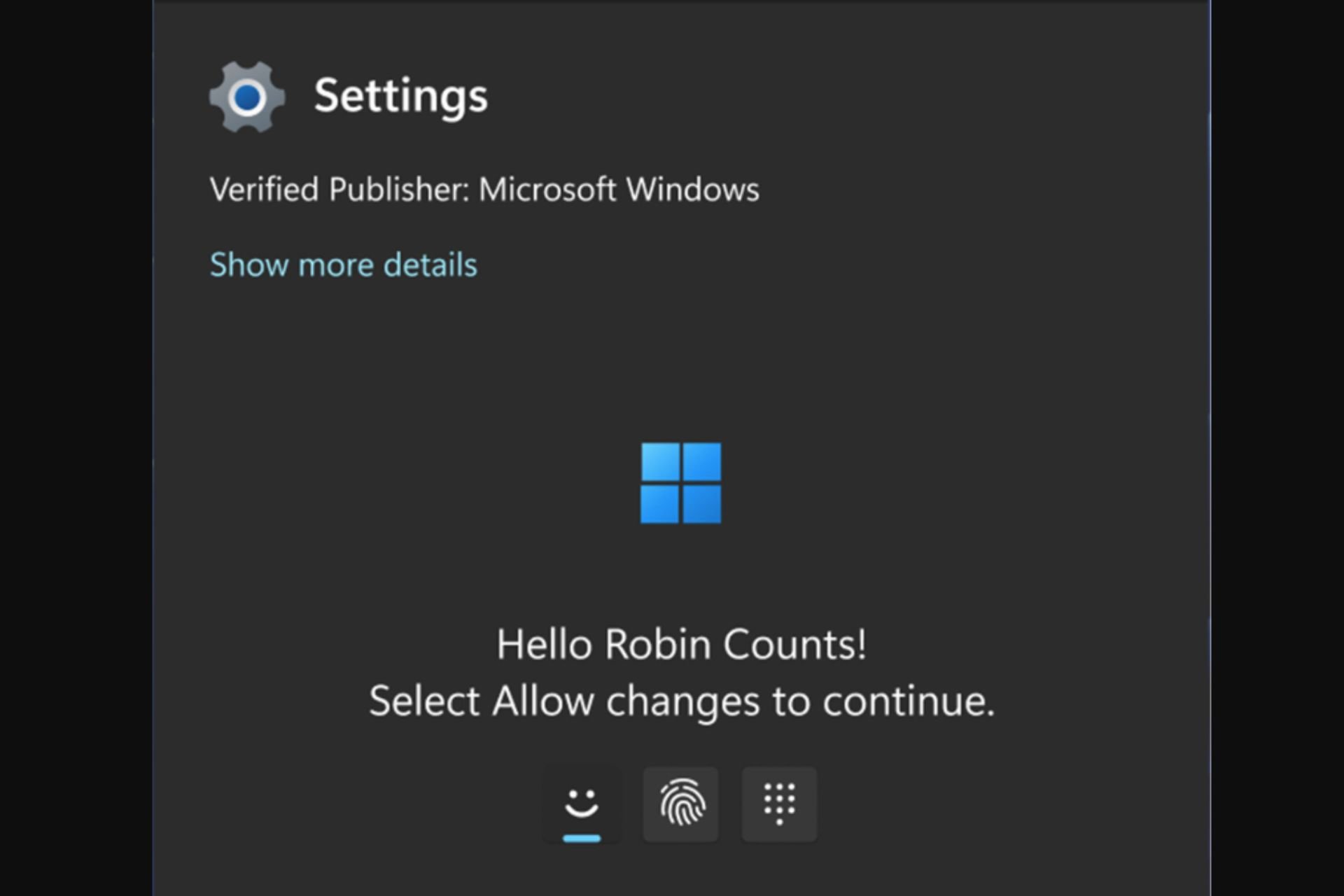
User forum
0 messages